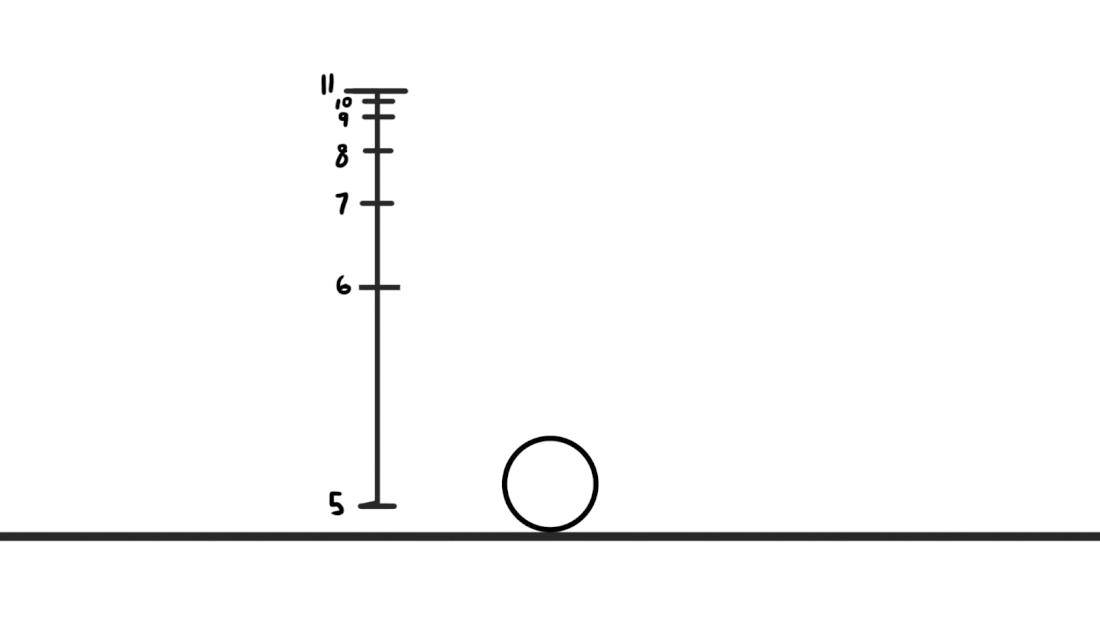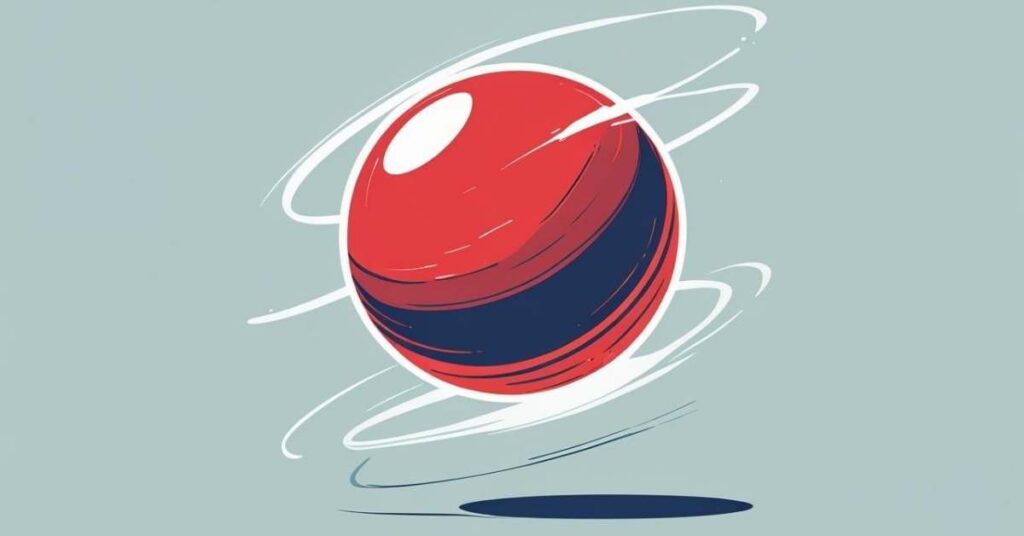Sometimes the most powerful lessons come from the simplest exercises. In animation, that exercise is the humble bouncing ball. At first glance, it seems basic—almost too easy. But give it five minutes of focus, and you’ll quickly discover it’s a masterclass in motion, timing, weight, and character.
Why the Bouncing Ball Is a Beginner’s Super Tool
The bouncing ball is like the musical scale of animation. Just as pianists practice scales to train their fingers, animators use this exercise to train their eyes and timing instincts. It helps you see how squash and stretch bring life to an object, how timing can suggest heaviness or lightness, and how arcs create believable motion.
- You’ll learn spacing, gravity, and momentum without the distraction of complex characters
- You’ll practice real-world physics in an artistic context
- You’ll build confidence in frame-by-frame motion by animating something short and rewarding
My first bounce was clumsy—like a balloon filled with mashed potatoes. But the second was smoother. The third actually looked real. That’s the magic: fast feedback and instant growth.

How to Animate a Bouncing Ball (and What to Watch For)
Start with a simple arc. Then break the motion into keyframes:
- Starting position
- Squash on impact
- Rebound stretch
- Ease back up
- Repeat with decreasing height
- Use tutorials like Alan Becker’s classic YouTube demo to see it in action
- Try changing ball types (tennis ball vs. bowling ball) to test different weight and timing
- Challenge yourself with stairs, walls, or uneven surfaces as your skills grow
It’s one thing to read about timing. It’s another to feel it click as your ball hits the ground with just the right bounce. Suddenly, you’re not guessing—you’re animating with intention.

Turning This Simple Exercise Into a Skill-Building Habit
Like pushups in a fitness routine, the bouncing ball animation stays useful throughout your journey. Even pros return to it when refining their timing or teaching others.
- Use it to warm up before bigger projects
- Focus on spacing to explore slow-ins and slow-outs
- Add emotion—yes, a ball can be excited, nervous, or exhausted
What seems simple today becomes a source of nuance tomorrow. Keep it in your toolbox. Return to it often.
Final Thoughts
Animation isn’t just about software or tools—it’s about movement that feels right. The bouncing ball may be your first step, but it will echo through every scene you animate. It teaches you the physics of storytelling and the rhythm of life itself. Don’t underestimate it—it’s the mentor you didn’t know you needed.
Sources
- Alan Becker Bouncing Ball Tutorial (YouTube)
A classic tutorial showing the animation process step-by-step for beginners. - Physics Behind Bouncing Balls – Interesting Engineering
Explains energy transfer, compression, and material differences in real-life bouncing behavior. - Bouncing Ball – Wikipedia
A general overview of bouncing ball dynamics and physics principles.


























